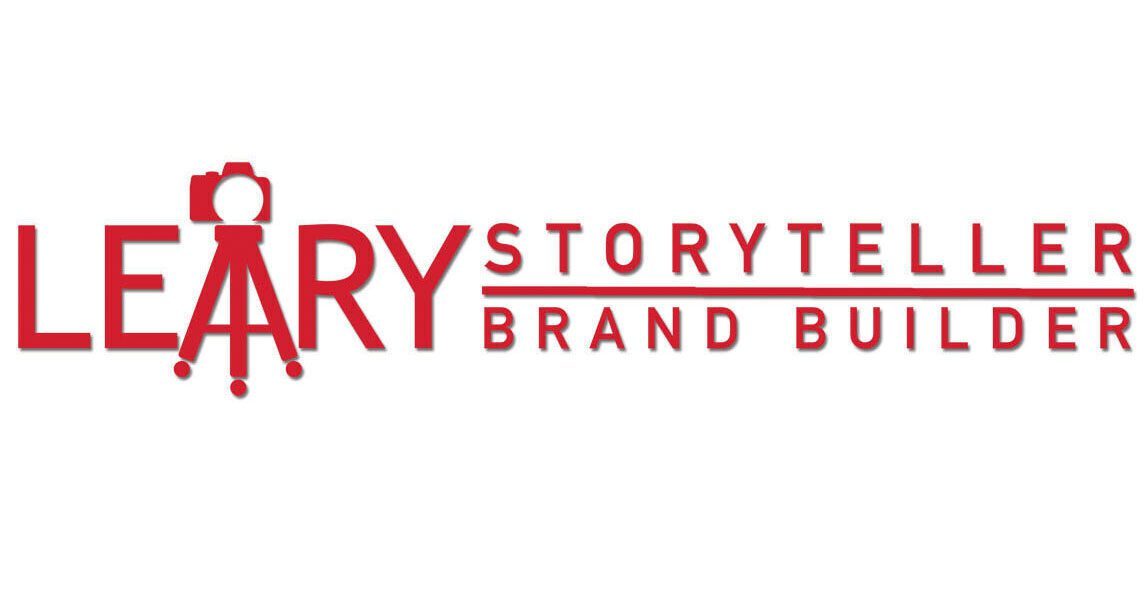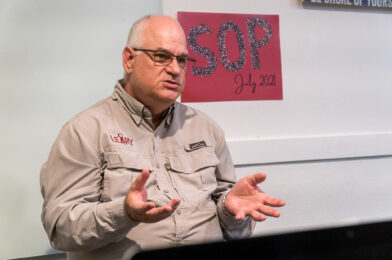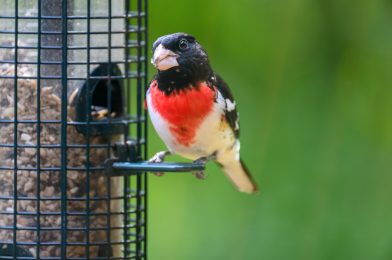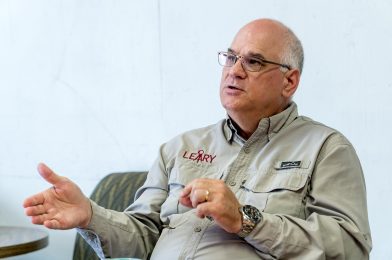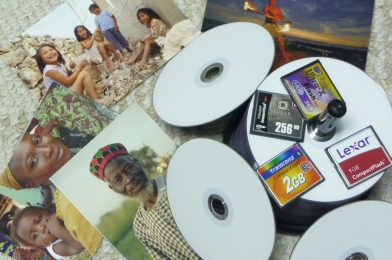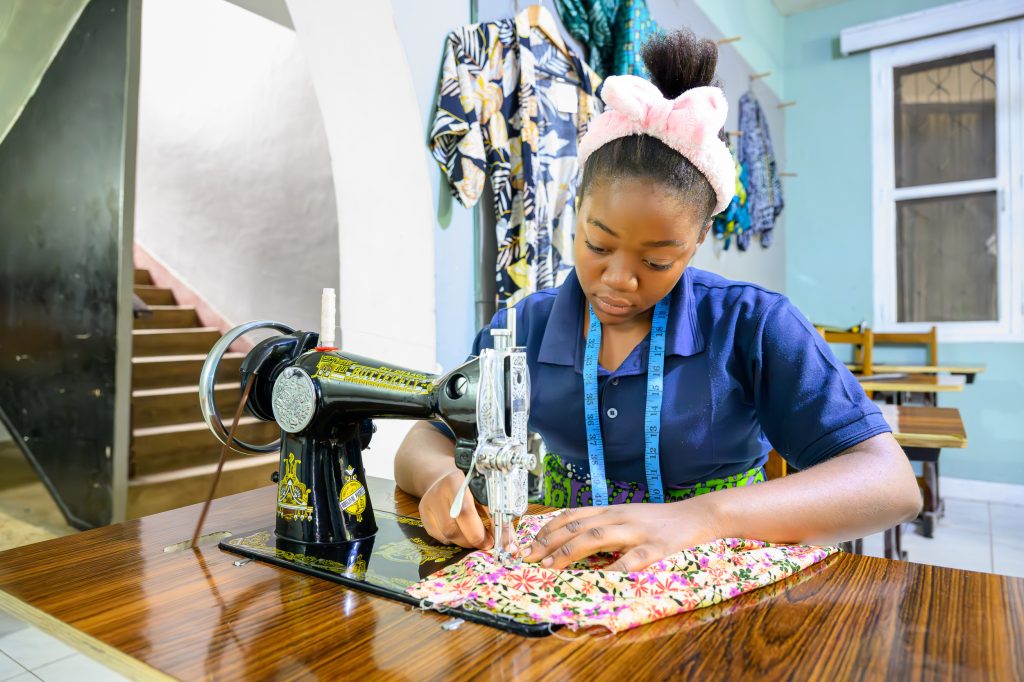For as long as I can remember, words have never quite been enough.
They often come out tangled, too late, or not at all. Growing up on the autism spectrum, I struggled with language, both the written word and the spoken one. But there was always something else… something that felt like a native language to me.
Music
Photography
Two art forms couldn’t be more different in how they look, but they are the same in how they feel. Both are languages of the soul, bypassing the noise of words and letting something deeper rise to the surface.
A Melody or a Moment Can Say What I Can’t
When I pick up my trumpet, flugelhorn, or cornet, it’s not just to make sound — it’s to make sense of my world. The same thing happens when I lift a camera to my eye. These aren’t hobbies or skills I’ve picked up; they’re how I speak when speaking fails.
Research shows that music and photography light up some of the brain’s emotional and sensory centers. I didn’t need science to tell me that — I’ve lived it. For those of us who process the world differently, structure and creativity aren’t opposites — they’re allies.
A camera has settings, and a trumpet has keys and scales. That structure gives me freedom. I can tell a story and show my feelings without getting lost in sentences that never quite land.
The Power of Being Seen and Heard — Without Speaking
Both photography and music are about noticing the details most people miss:
– A glimmer of light on a face.
– The shift in a minor chord that turns happiness into longing.
– The moment before the tear falls.
People on the spectrum often have heightened sensitivity to light, sound, texture, and emotion. Some see these as “challenges.” But in the arts, they become superpowers. They allow us to go deeper, to notice what’s underneath the surface, and to bring it into the light or give it voice.
When Friends Say Nothing, It Means Everything
Despite how much I’ve learned, words still have their limits. In moments of deep sadness or grief, I’ve found that the most healing thing isn’t what people say — it’s simply that they show up and sit with me.
Silence, shared presence, a held hand, or a friend just being there — these are often more powerful than any comforting phrase. Just like a photo can speak a thousand words, or a melody can bring tears without lyrics, presence is its language.
This Is Why I Do What I Do
As a storyteller, musician, and photographer, I help others find their voice, especially when words don’t come easily. I work with nonprofits, missionaries, and businesses to help them show the world who they are through images and story-driven visuals.
And maybe… just maybe… I’m not just telling their stories.
I’m telling mine too.
Whether it’s through a lens or a brass bell, I’ve learned this:
You don’t have to speak to be heard.
You don’t have to write to be understood.
And sometimes, the most powerful stories are the ones that live in silence — until we’re brave enough to give them sound or light.
